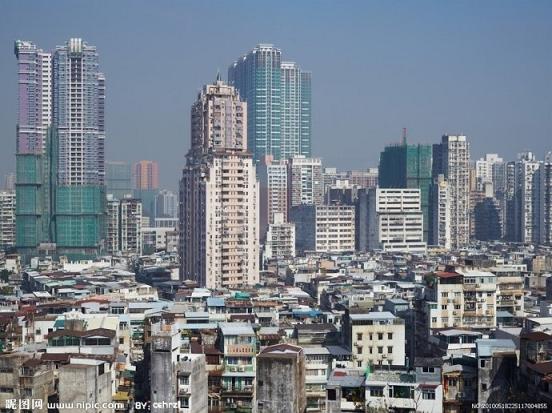
In his Sina blog post, the chief investment officer of the award-winning Guangdong Development Fund, Zhu Ping, explains how housing transactions are priced in China, and highlights some indicators to watch when trying to second-guess when housing prices will stabilize. NextInsight's Sim Kih has translated his comments, as follows:

AT THE RATE that China is growing, investment analysts believe that in 10 years’ time, it would have the world’s largest sports market.
The reason is, China’s GDP would have surpassed the US by then. The best sportsmen in NBA or soccer could be paid to represent China.
I believe that China’s property market has a part to play in whether such a theory ultimately materializes.
In the past decade, China’s housing market has had a mind-boggling boom.
Many believe this year marks the end of that era. We are at a stage where the number of new housing units added every year exceeds 12 million, compared to our population increase of only 16 million.
Given China's population of less than 1.4 billion, common sense tells us that the rate of new housing additions will slow down one day.
What impact does this have on home prices?
According to economic theory, price is determined by demand and supply, but reality is much more complicated. China's housing market is determined by at least three types of price structures.
Bubble price structure
The bubble price structure is where the owner is not its occupant, but an investor or speculator.
Where there is income disparity between the rich and the poor, as is the case in China, the rich buy houses not to live in but for investment.
As long as these people have enough money and believe that property prices are on an uptrend, housing prices will continue to rise.
However, this is a bubble that will eventually burst, like what happened in Japan and Hong Kong, which is the main reason for China’s unexpected curbs on its housing market currently.
China’s housing market is now estimated to be valued at 2.9 times its GDP, compared to 3.16 for the US and 4.65 for Japan when their respective housing bubbles burst.
Using Japan as an example when its property bubble popped and housing asset values fell by more than half, China’s housing valuations does appear risky.

Auction price structure
However, even when housing prices do soften to affordable levels, housing located in prime districts do not usually fall.
This is because such housing is usually auctioned off with an opening price that amounts to the value of wealth accumulated by the man in the street in his lifetime.
Such a system keeps prime real estate within reach only of the wealthiest.
History shows that the auction price structure usually means that a housing unit is priced at 10 times per capital annual income. Hong Kong and Tokyo are two examples.
Using China’s per capita income of Rmb 50,000 a year as a guide, a housing unit would cost half a million yuan. This is about the entry-level price for a flat in China’s second-tier cities.
To the man in the street, the price premium he pays for a home is like a tax. The alternative is to rent a place from landlords that do nothing to maintain his home.
Such a pricing system is very depressing for youngsters, and with it the consequences of low birthrates and population decline should come as no surprise. This will ultimately affect China’s competitive edge.
The average entry-level housing unit is priced at cost plus a normal profit. Most of the housing in Europe and America is thus priced, leading to houses costing as low as 3 times annual incomes.
One reason the ratio is that low can be attributed to the fact that developed nations’ per capita income is 10 times higher compared to China’s.
Thus, even if housing for the masses is priced at cost, the average Chinese would still find it relatively unaffordable compared to his western counterpart.
So, the solution to China’s housing problem is to raise national productivity.
The era of low housing price vis-à-vis GDP can only be ushered in by a significant increase of per capita income.
And this is the motivating factor behind China’s economic restructuring.
Thus, if China’s measures to stabilize its property market succeed, housing prices may fall from the current bubble structure to the auction pricing structure.
For those living in super cities, such is the long-term reality of housing prices. But this is still very expensive to the Chinese people.
Cost price structure
If, on the other hand, China is able to achieve a breakthrough in its per capita income, then and only then would housing prices in most areas fall to the third pricing structure – cost price.
And this would come to pass only when China succeeds in its economic restructuring.
Otherwise, few Chinese would have the time to enjoy sporting activities in the so-called ‘largest sports market’ in the world.
For investors, the economic indicator to keep one’s eye on is still national productivity.
Recent story: SHENZHEN: Home Rentals Range From Cheap to Steep






